
Electrically controlled lifting chairs mainly use electric motors to control the lifting mechanism for height adjustment. The motor is connected to the air cylinder or hydraulic cylinder to control the up-and-down movement of the chair. In addition, electrically controlled lifting chairs usually have vibration massage and heating functions.
For instance, do you ever wish that someone was always there to give you a hand when you need to get up out of a chair? That would be nice, but perhaps you live alone, or you don’t want to ask for help from the people you live with several times a day.
When you own a lift chair, you don’t have to. When you need to stand, the chair gives you the boost you need until you’re comfortably on your feet, and then helps lower you safely to a sitting position to sit, all at the touch of a button.

According to recent consumer trend reports from CNN and ABC, the latest models of electric lifting chairs now also support completely flat sleeping platforms and zero gravity mode, in addition to wireless position adjustment. It seems that this is a necessary trend in the market, and everyone will have the opportunity to experience it. (I just found out about this news today too!)

The structure of lifting chairs mainly includes a seat, base, gas spring/hydraulic rod, armrest, and castors/footrest.
The seat is an important component of the lifting chair, consisting of a cushion, a backrest, and armrests, which can be designed according to the principles of ergonomics.
The base is the foundation structure that supports the weight of the lifting chair and generally comes in several types such as five-star, six-star, and four-claw, with the five-star base being the most commonly used.
The electric motor is connected to the base and the seat, and through a pressurized gas spring or hydraulic cylinder to adjust the height of the chair.
The armrest is the component that connects the seat and gas spring/hydraulic rod, which can adjust the chair in multiple directions such as forward, backward, left, right, and diagonal.
Castors/footrests are the parts connected to the base, typically used to support the chair and make it flexible and moveable, while ensuring the chair remains stable during use.
*The above are the main structural components of lifting chairs, which can be combined according to specific user requirements to meet the needs of different workplaces and tasks.

The Material Of The Lift Chairs
As we all know, every piece of furniture chair cannot operate without materials such as leather, sponge, wood, springs, iron frames, and more.
Seat material: Common materials include fabric, leather, mesh, plastic, and more, with specific choices depending on factors such as the user's location, environment, and comfort.
Base material: Typically made of plastic, metal, and aluminum alloy, the aluminum alloy material is lighter in weight, has higher strength, is not easily susceptible to rust, and is therefore widely used.
Gas spring/hydraulic rod material: Steel is commonly used for manufacturing, with the material choice for the gas spring/hydraulic rod needing to have characteristics such as corrosion resistance and high-pressure strength.
Armrest material: Armrests are typically made of steel or aluminum alloy, with the specific material choice often determined by the chair's classification, use, and frequency of use.
Castors/footrest material: Common materials for castors/footrests include polyurethane, polycarbonate, and nylon, which are characterized by being lightweight, durable, wear-resistant, and noise-reducing.
Motor: This is the power core of an electric lifting chair, typically using well-known brands of motors such as the German OKIN.

Lift Chairs For What Kind Of People
The lifting chair is suitable for individuals who require long-term rehabilitation and special therapy, such as post-operative patients, sports injury patients, and people with disabilities.
My grandfather, as a retired soldier, also purchased a similar chair. However, his chair could not achieve a completely flat position, which made it difficult for him to sleep quietly in the chair. Therefore, I collected a lot of information on how to adjust the chair for a completely flat position to assist with standing up. Recently, after watching a news report from CNN, I was extremely surprised to learn that the latest models of the chair can easily achieve these functions. I immediately bought one for him to use, and it seems to be working great for him. He hardly ever gets out of the chair!


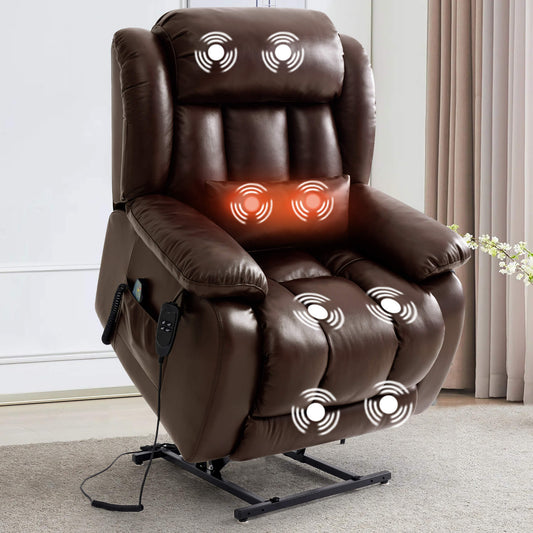
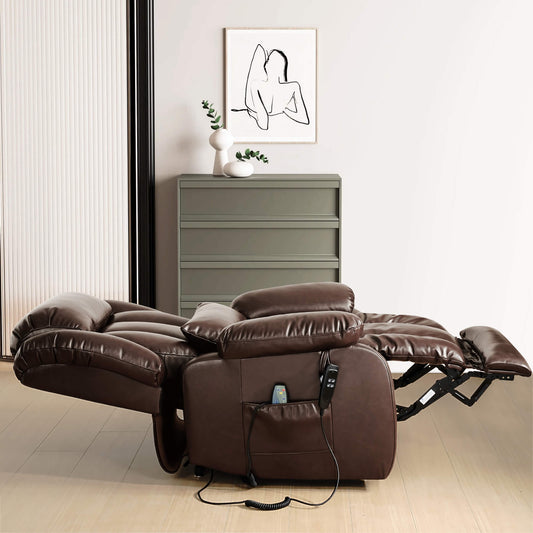

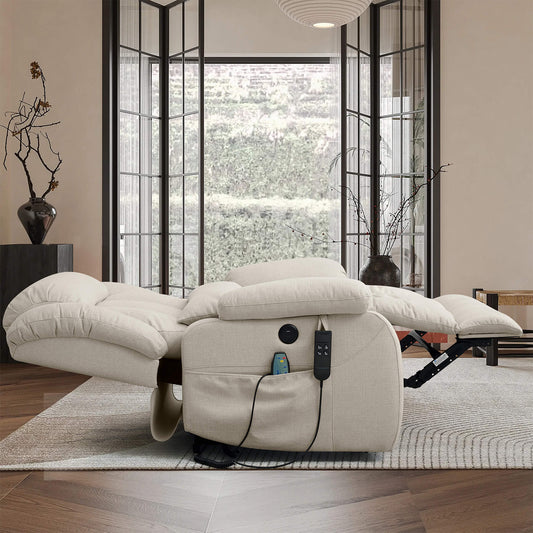
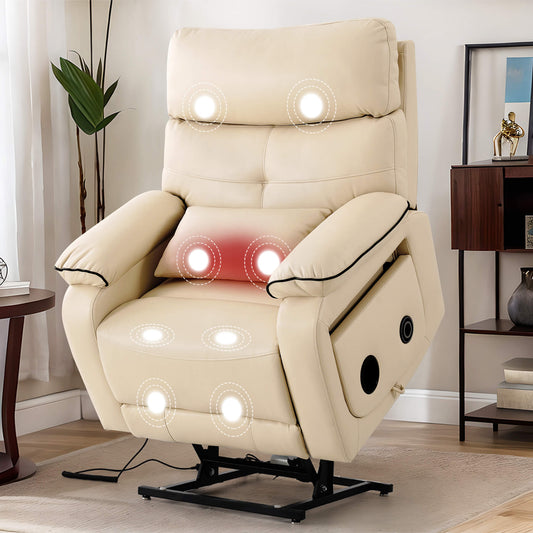
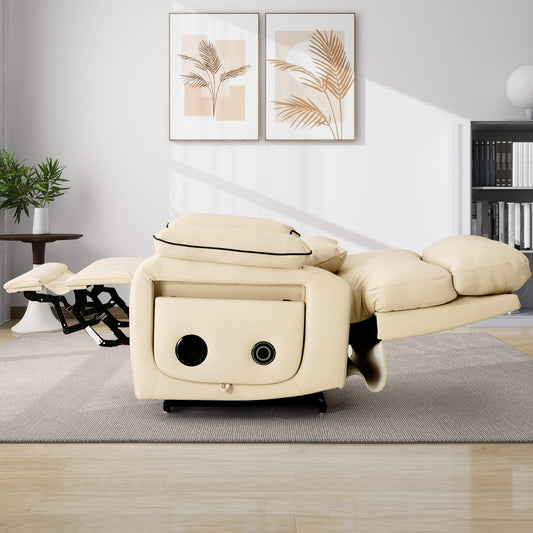
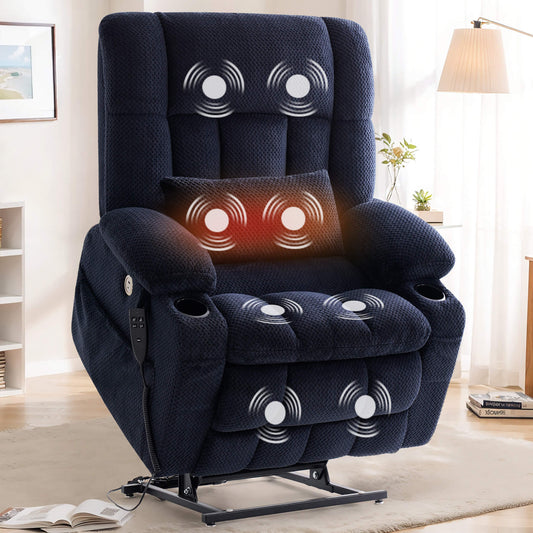
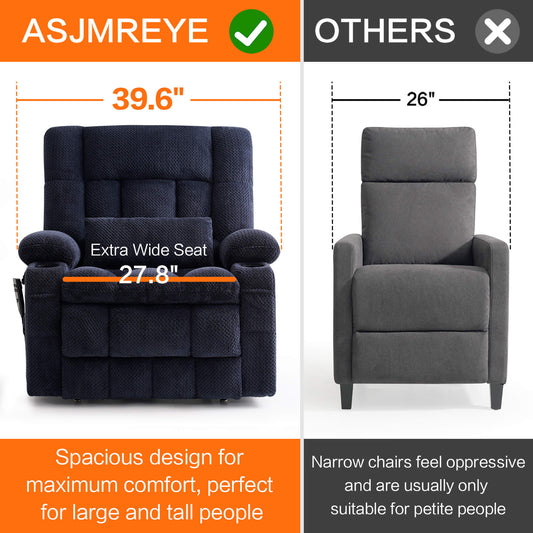
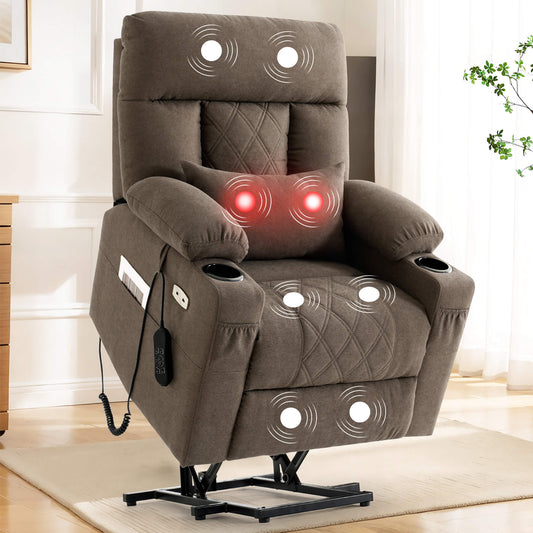
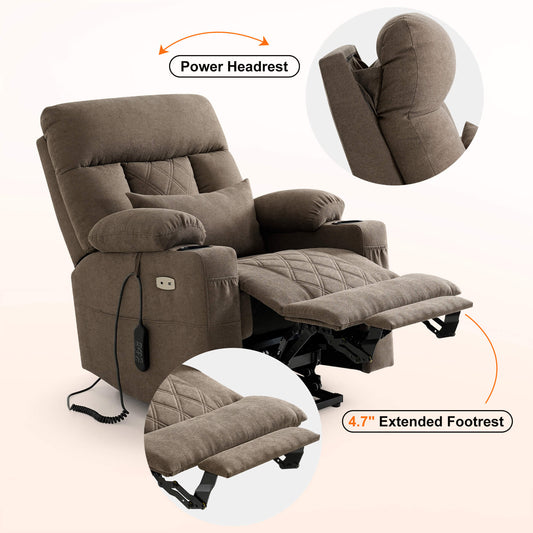
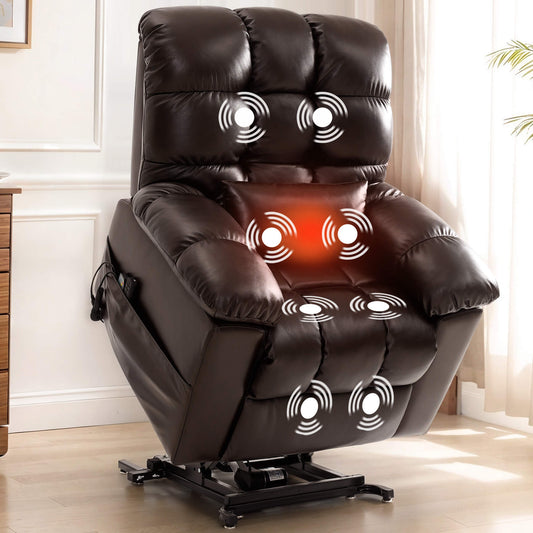
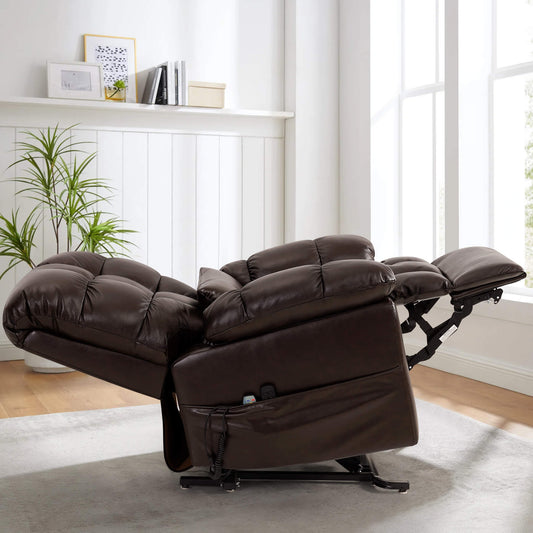
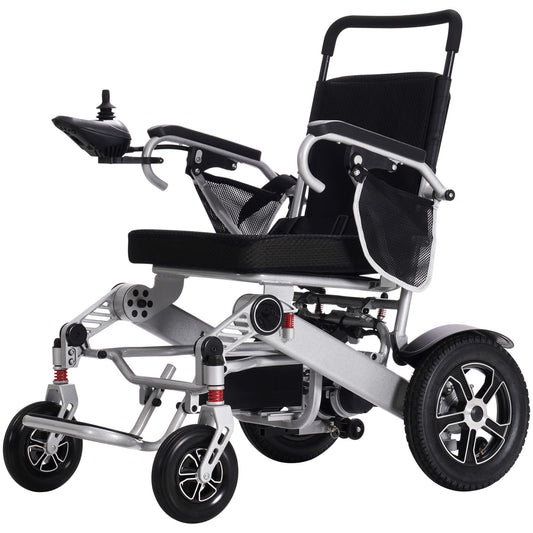
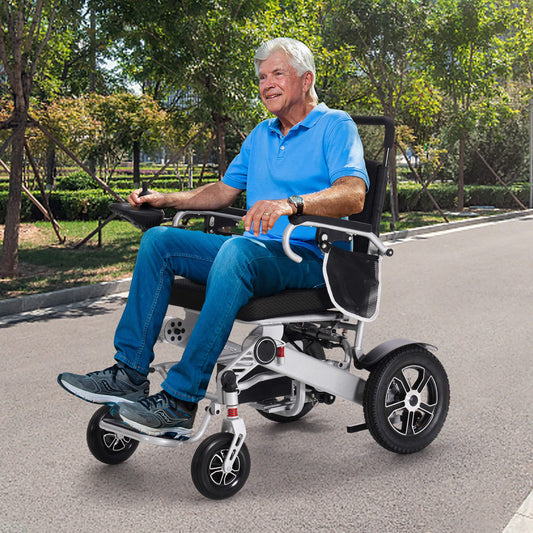

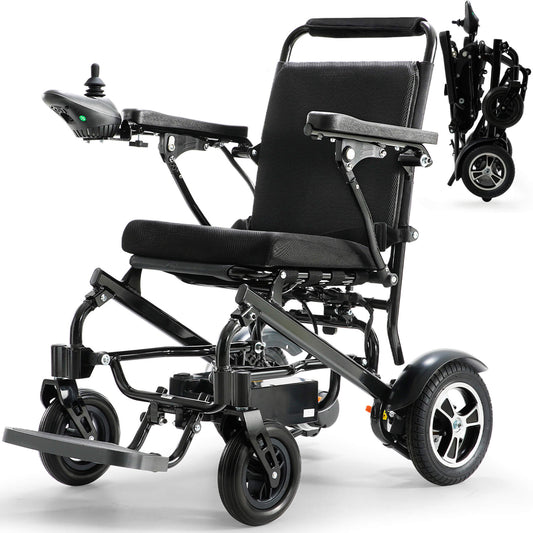
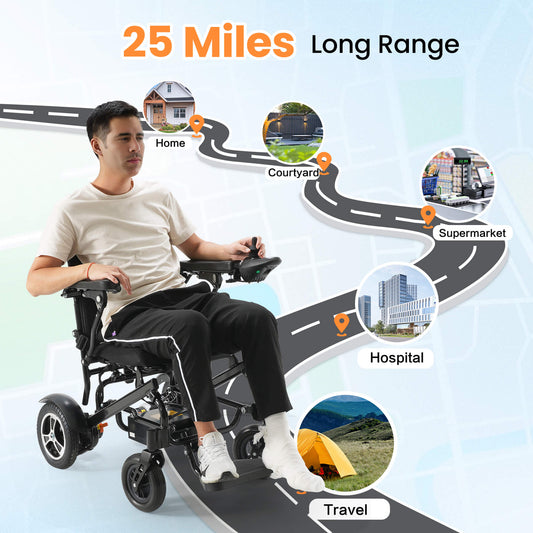
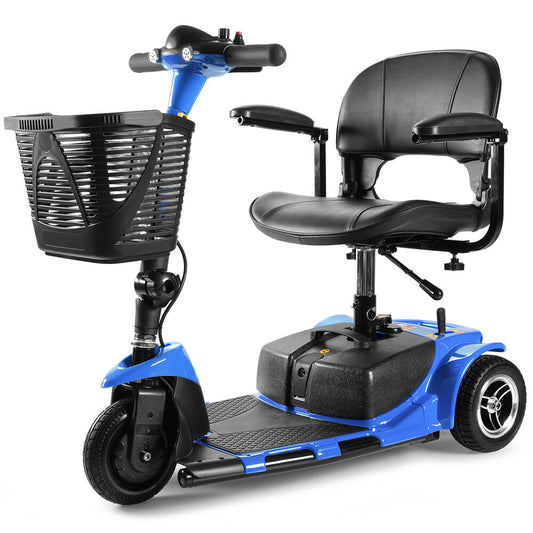

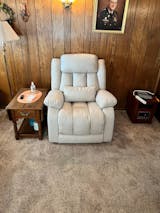





1 comment